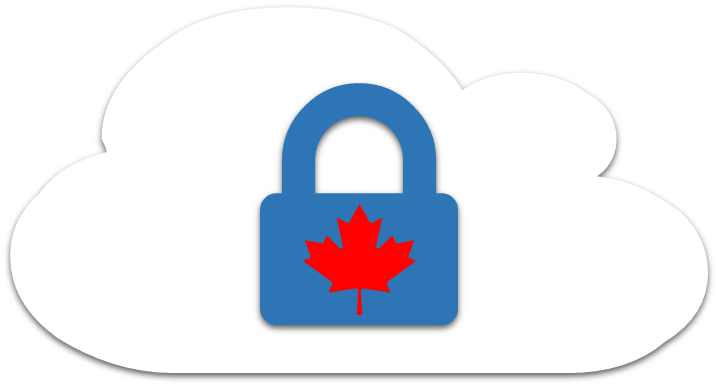Secure Remote Working - Device Considerations
| Overview and User Considerations | Technical Considerations | Secure Use of Collaboration Tools | Device Considerations |
|---|
BackgroundWith the increase in BYOD (Bring Your Own Device) and remote working, it is important to be mindful of what and how devices are used to conduct business activities. Each type of device be it a router, smartphone, laptop or tablet can be used to remote work which if not properly secured, become a target for compromise. It is important to remember that these devices and the software that runs on them should be used for unclassified and non-sensitive work only. This page will provide some tips and tricks as well as some common risks and security issues that come along with a BYOD model. Risks and Security ConcernsPersonal Devices in an enterprise work environment can create security risk some of which include:
These are a subset of a large list of potential areas of exploitation if a device is not secured adequately. Device Security RecommendationsUsing personal devices when working in an unclassified and non-sensitive environment is acceptable, however employee's should
|

